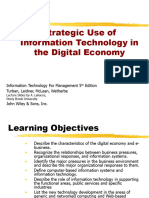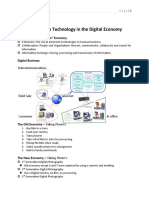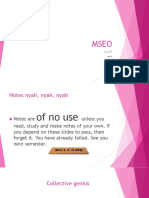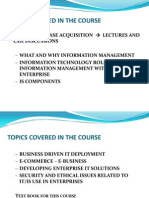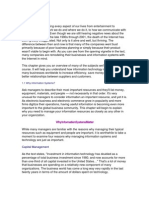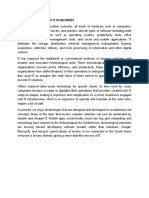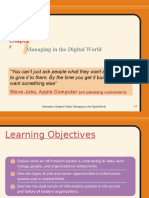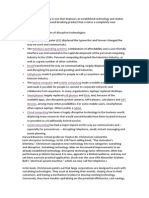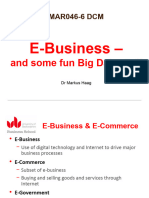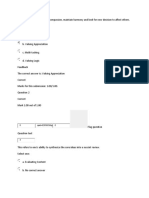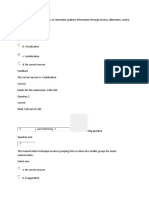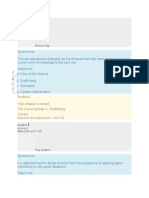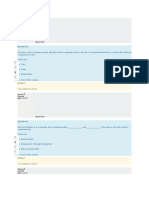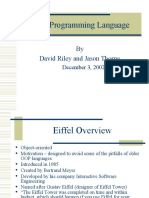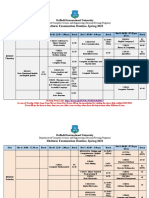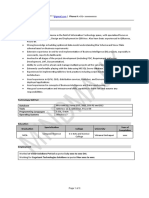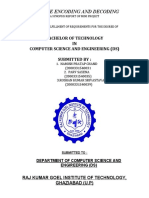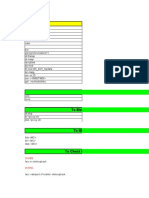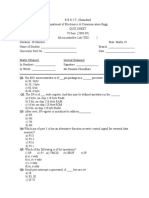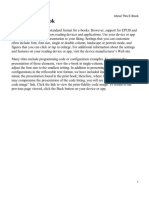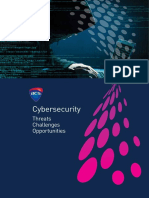0% found this document useful (0 votes)
60 views5 pagesLesson1: Key Disrupters in The Enterprise World
This document discusses three major disrupters driving IT transformation: 1) Consumerization, as control of technology moves from IT departments to individual users. 2) Cloud and mobile technologies, which change expectations of work. 3) The Internet of Things, with billions of connected devices emitting data by 2020. It also discusses how exploding volumes, varieties, and velocities of information create "information chaos" and the need for digital strategies to effectively engage customers and employees.
Uploaded by
Lhey SambatCopyright
© © All Rights Reserved
We take content rights seriously. If you suspect this is your content, claim it here.
Available Formats
Download as DOCX, PDF, TXT or read online on Scribd
0% found this document useful (0 votes)
60 views5 pagesLesson1: Key Disrupters in The Enterprise World
This document discusses three major disrupters driving IT transformation: 1) Consumerization, as control of technology moves from IT departments to individual users. 2) Cloud and mobile technologies, which change expectations of work. 3) The Internet of Things, with billions of connected devices emitting data by 2020. It also discusses how exploding volumes, varieties, and velocities of information create "information chaos" and the need for digital strategies to effectively engage customers and employees.
Uploaded by
Lhey SambatCopyright
© © All Rights Reserved
We take content rights seriously. If you suspect this is your content, claim it here.
Available Formats
Download as DOCX, PDF, TXT or read online on Scribd
/ 5

